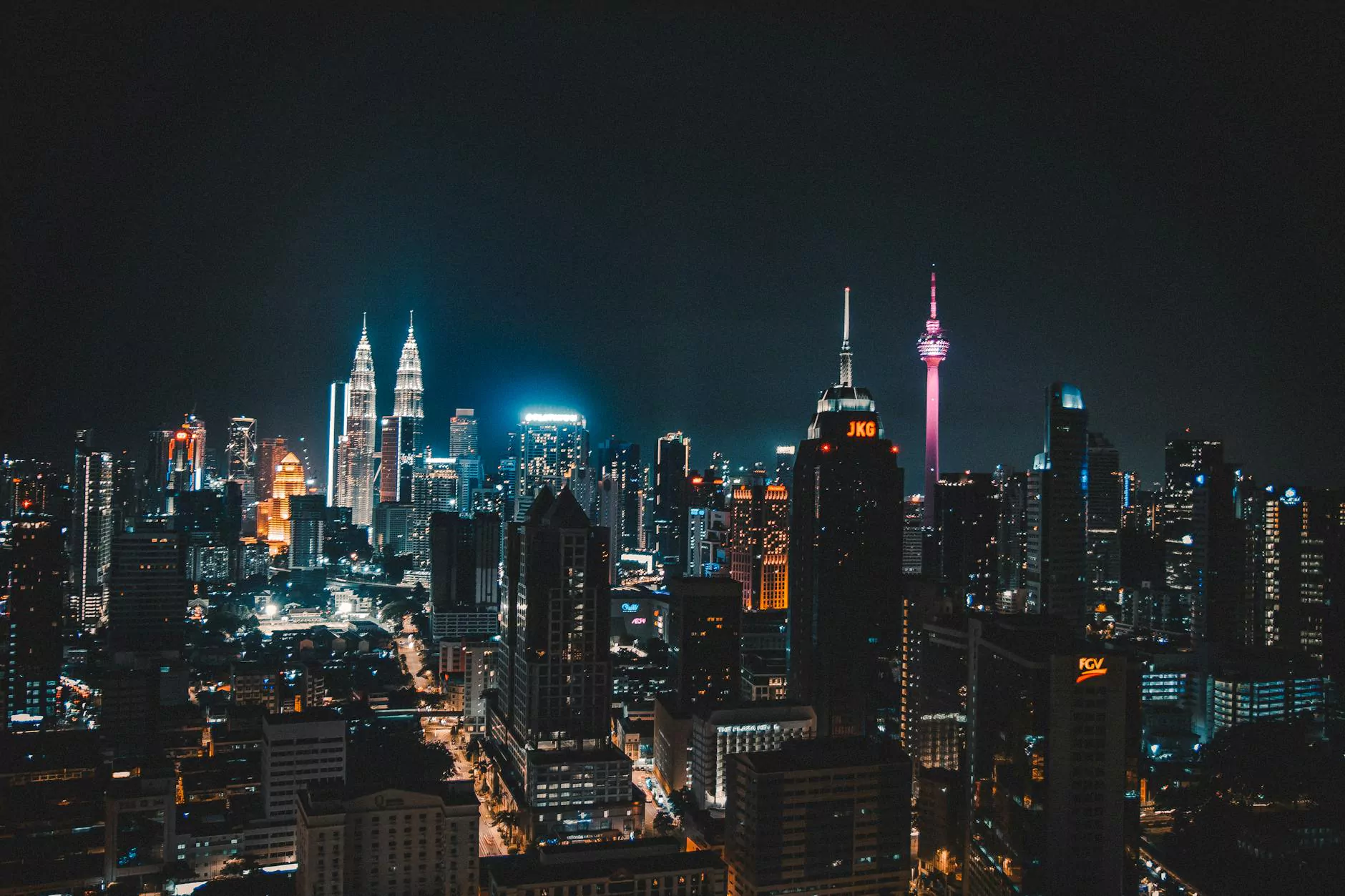A Practical Guide to Work and Office Lighting — Insights

Introduction
Creating the right lighting environment in your office or workspace is crucial for productivity and overall well-being. In this comprehensive guide, Video Technics provides valuable insights and expert advice on optimizing work and office lighting to enhance your efficiency and create a comfortable and visually appealing work environment.
Why Office Lighting Matters
Office lighting plays a significant role in employee productivity, mood, and overall health. Poor lighting conditions can cause eye strain, fatigue, and even headaches. On the other hand, a well-lit workspace can boost concentration, reduce stress, and improve overall performance.
Understanding Natural and Artificial Lighting
When designing your office lighting setup, it is crucial to consider both natural and artificial lighting sources. Natural light can have a positive impact on productivity and mood, while artificial lighting ensures consistent illumination throughout the day and in areas with limited access to natural light.
The Benefits of Natural Light
Natural light is known to enhance mood and promote a sense of well-being. Exposure to natural light stimulates the production of Vitamin D, which plays a vital role in regulating our circadian rhythm. Additionally, natural light can reduce eye strain and improve overall visual comfort.
Optimizing Natural Light
To optimize natural light in your workspace, consider positioning desks or workstations near windows or areas with ample natural light. Use open blinds or curtains to allow maximum light penetration throughout the day. However, be mindful of glare and direct sunlight, as they can cause discomfort and make it difficult to see screens or read documents.
The Importance of Artificial Lighting
Artificial lighting is essential for maintaining consistent illumination levels even in areas with limited access to natural light or during nighttime hours. It allows you to create a well-lit workspace regardless of external lighting conditions.
Choosing the Right Lighting Solutions
When selecting artificial lighting options for your office, consider factors such as brightness, color temperature, and energy efficiency. LED lighting has gained popularity due to its energy-saving benefits, long lifespan, and adjustable color temperatures.
The Impact of Lighting Color and Temperature
The color temperature of lighting refers to its warmth or coolness. It is measured in Kelvin (K). Choosing the right color temperature can significantly impact the atmosphere and functionality of your workspace.
Warm vs. Cool Lighting
Warm lighting, with lower color temperatures around 2700K to 3000K, creates a cozy and relaxing ambiance. It is ideal for spaces where you want to promote a sense of comfort and warmth, such as break rooms or lounge areas.
Cool lighting, with higher color temperatures ranging from 3500K to 5000K, is more energizing and stimulating. It is well-suited for areas where focus and concentration are essential, such as meeting rooms or individual workstations.
Task Lighting and General Lighting
Task lighting and general lighting are two key components of a well-designed office lighting setup. Understanding their differences and how to incorporate them can significantly improve your overall workspace functionality.
Task Lighting
Task lighting focuses on illuminating specific areas where detailed work is performed. It reduces eye strain and provides enhanced visibility for tasks such as reading, writing, or operating electronic devices. Desk lamps, under-cabinet lights, or adjustable spotlights are popular options for task lighting.
General Lighting
General lighting provides a uniform and consistent level of illumination throughout the space. It ensures that all areas are well-lit and minimizes shadows or dark corners. Overhead fixtures, fluorescent tubes, or recessed lighting are commonly used for general lighting purposes in office environments.
Lighting Control and Adjustability
Having control over the lighting levels in your office can significantly impact your productivity and comfort. Incorporating lighting control systems enables you to tailor the lighting environment to your specific needs and preferences.
Dimmers and Dimmable Lighting
Dimmers allow you to adjust the brightness of your lighting fixtures as needed. This feature is especially useful for areas with varying lighting requirements throughout the day or for creating different atmospheres for different tasks or activities. Choosing dimmable lighting options provides flexibility and the ability to customize illumination levels.
Zoning and Smart Controls
Zoning your office lighting allows you to divide the workspace into different areas with separate lighting controls. This feature enables more targeted light settings, ensuring each area receives the right level of illumination. Smart controls and automated systems can further enhance control by allowing you to adjust settings remotely or based on pre-programmed schedules.
Conclusion
Optimizing work and office lighting is essential for creating a productive, visually appealing, and comfortable environment. By considering natural and artificial lighting, color temperature, task lighting, general lighting, and lighting control options, you can design an office lighting setup that enhances your efficiency, well-being, and overall performance. Video Technics is dedicated to providing you with expert advice and valuable insights to help you achieve the optimal lighting environment for your workspace. For more information and personalized lighting solutions, contact Video Technics today!




